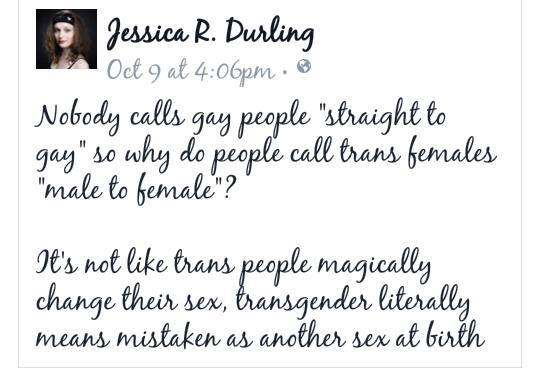Bill C-16 hit Parliament for the second time and was passed 248-40, now proceeding along to the next step of Canadian law resolution. All 40 votes against were from the Conservative party.
A bill meant to enshrine the rights of transgender people by adding gender identity and expression to human rights and hate crime laws is heading to the justice committee.
The House of Commons voted by a margin of 248 to 40 to pass the legislation, known as Bill C-16, at second reading.
Justice Minister Jody Wilson-Raybould and New Democrat MP Nathan Cullen – political rivals who have found common ground on the issue of trans rights – hugged each other on the floor of the House after the vote.
The legislation would, if passed, make it illegal under the Canadian Human Rights Act to deny someone a job – or otherwise discriminate against them in the workplace – on the basis of they gender they identify with or outwardly express.
It would also amend the Criminal Code so that gender identity and expression would be included in hate speech laws.
The bill will ultimately have to get through the Senate, where an earlier private member’s bill put forward by NDP MP Randall Garrison was gutted and died when the 2015 election was called.
While I am glad that we may finally have some legal recourse when we are discriminated against, it is still worth noting that it is mostly accessible to those trans people who already had some privileges in other ways. We still have an ongoing crisis for health, housing, and violent crime especially among trans women of colour, and I stress that this is meant to be the first–not the last–step to empower trans folk.
Assuming the Senate doesn’t gut it, again.
-Shiv

